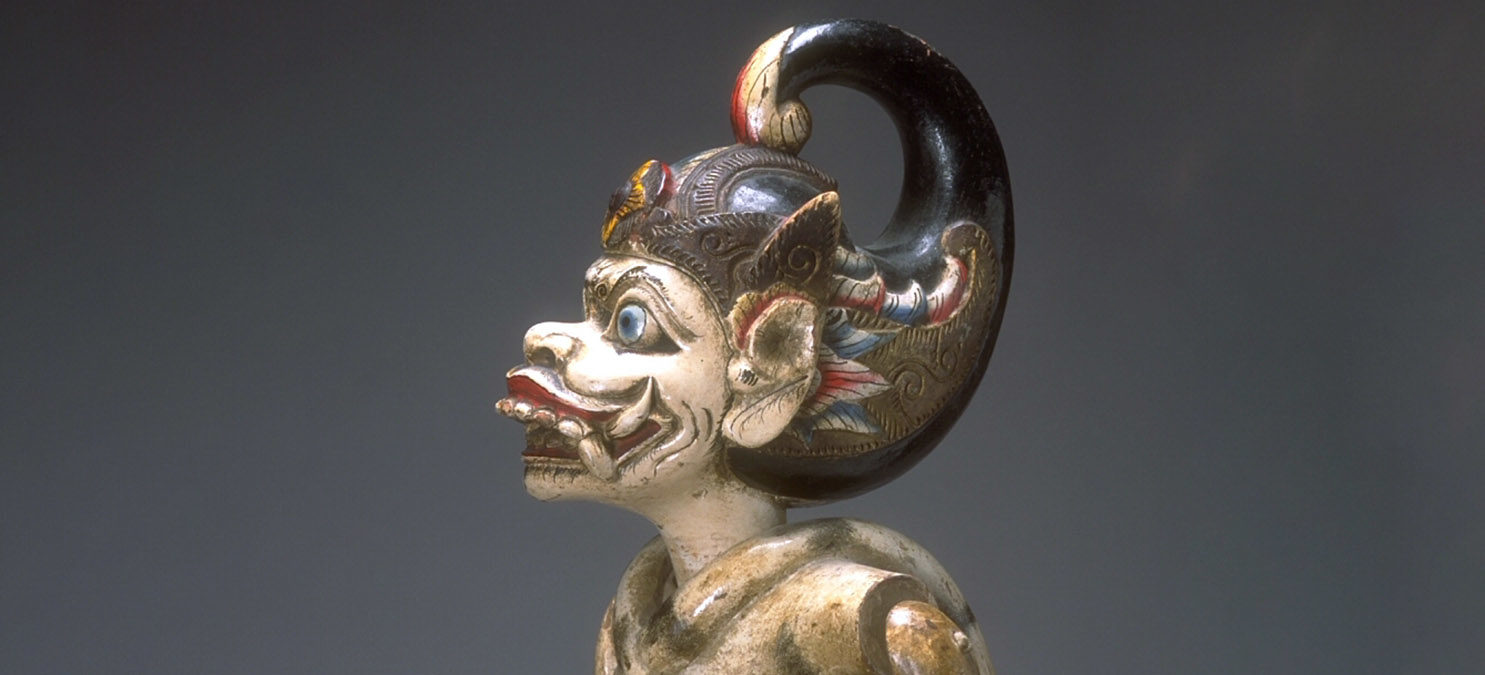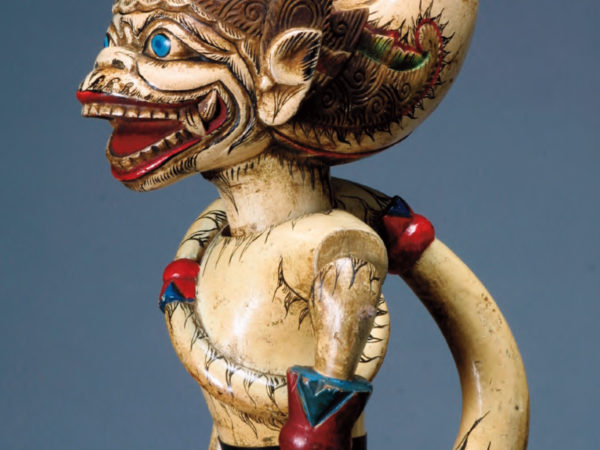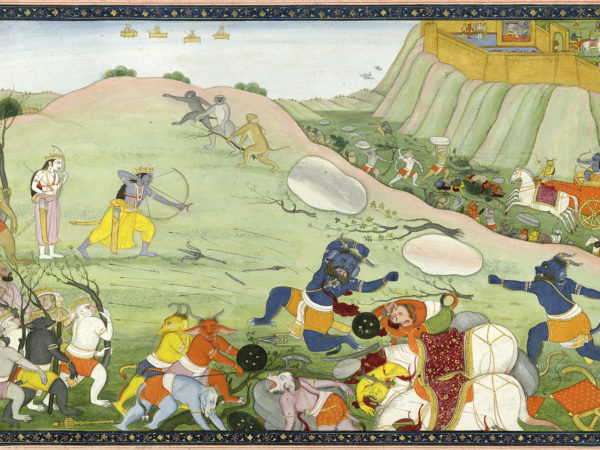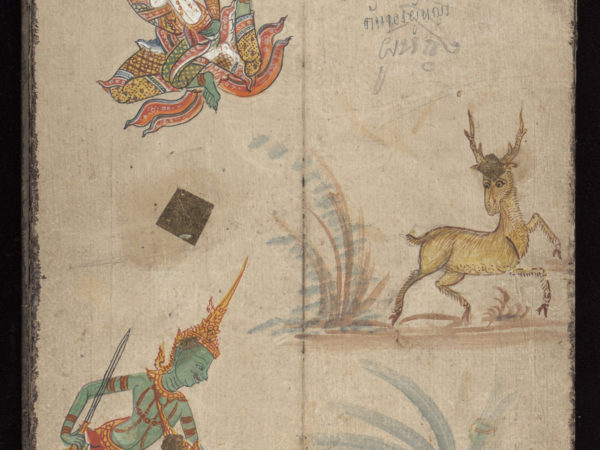Background Information
Introduction to Puppet Theater (Wayang) of Indonesia
For more than a thousand years Indonesians have used wayang theater as a method of addressing the conundrums of life. The lively puppet traditions of South and Southeast Asia have portrayed epic stories that shrank the cosmos down to a miniature world. The vast expanse of the earth could symbolically be reduced to the few feet of a puppet stage. The puppeteer’s lamp became the sun, throwing light on myriad creatures who, in their nobility or baseness, make up the world.





